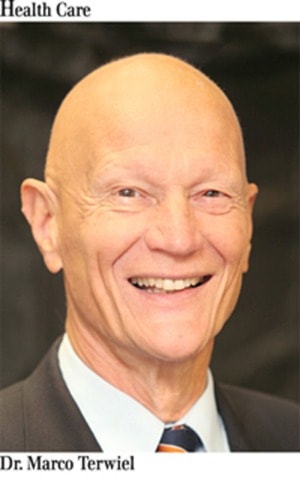I last wrote about the shameful food situation In Nunavut. There are a number of things that need to be changed simultaneously if we want to see any permanent improvement.
If you would walk into any of the two supermarkets in Rankin Inlet, you would gasp, not only because of the prices for the staples there, but also the selection. For some reason or another the price of junk-food, chips, pop and cookies is only slightly higher than the prices in our local grocery stores.
But it is quite a different story when buying fresh or frozen fruits and vegetables. For instance, three pounds of oranges will cost you $9.89 in Rankin Inlet compared to $1.99 in Toronto. A plastic jar of cranberry juice will set you back $10.49 and orange peppers are $12.59 a pound.
It therefore does not come as a surprise the area devoted to the healthy fresh food is quite small in sharp contrast to the large section with shelves full of somewhat less expensive processed food and an abundance of cheap junk food.
Even if you want to prepare a simple spaghetti dinner for four consisting of pasta, ground beef and tomato sauce, you pay $19.89 for the ingredients. In the south, you pay $7.43 for the same.
One of the compounding problems is that many do not even know how to prepare a dinner like that and have to rely completely canned or on store-bought prepared meals to be warmed up in a microwave oven.
Despite the widespread poverty, many house-holds do have a microwave oven, but that really is no surprise because without one they could not even eat the processed meals.
There is a Federal Food Mail program meant to subsidize the price of transport for food bought in the south and airmailed to the recipients. Recently that program has been totally overhauled, and from what I gather, not for the better, making access to fresh and healthy food more complicated.
Close to half the population has an income far below the standard Canadian poverty level and receives some form of social assistance.
When the food prices are, in general, two or three times higher than in the south of our country, the result is that there are a lot of poorly nourished and really hungry people.
There are no food banks like we have in the Lower Mainland.
However, there is fortunately still a sense of community, and when a hunter goes out and is lucky to shoot a caribou, seal or walrus, the meat gets shared with those in need.
I have noticed the situation gets worse the last week to 10 days before the next welfare cheques arrive. One of the reasons for that is the lack of budgeting skills. Many adults will buy cigarettes at $18 a pack, smoke a pack a day, and when the money runs out, there is no food in the house. That sad situation applies to up to 30 per cent of the homes, and the children are sent off to school without breakfast. Thankfully, there is a breakfast program in most settlements and the food is reasonably nutritious, but still the situation is far from ideal when there is nothing to eat the rest of the day.
Less than 100 years ago, food security involved a diet of traditional food sources, which were high in nutritional value, such as fish, seal, caribou, musk ox, whale and walrus. People really did not have to rely on an income other than to buy some hunting and fishing gear and some staples.
At that time, quality and quantity were never an issue. However, today the rapidly increasing population and very noticeable climate changes, combined with the loss of many of their traditional survival skills have resulted in a desperate situation for many.
Add to that the social ills of irresponsible gambling in the form of TV bingo and abuse of alcohol among all too many Inuit and a bad situation gets even worse.
Next time I will suggest a number of possible approaches to remedy this unacceptable condition among our fellow Canadians.
Dr. Marco Terwiel is a retired family physician who lives in Maple Ridge.
